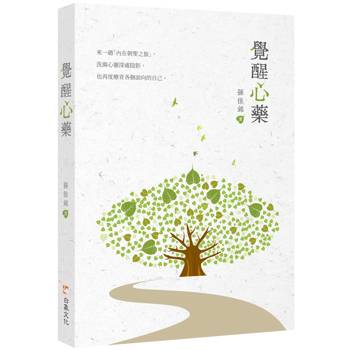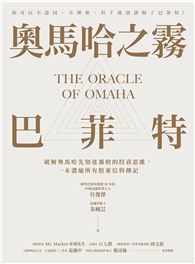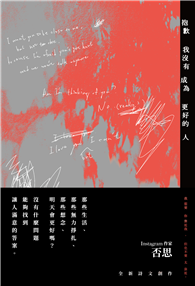Increasingly vital to contemporary design, 'green" or ecological thinking was already anticipated by German modernists in the early twentieth century. At the center of this drive towards an ecological modernism was landscape architect Leberecht Migge 1881-1935).
Migge brilliantly synthesized ideas from across fields such as organic gardening, architecture, and biological theory to create pioneering projects throughout central Europe. He applied "biotechnic" principles to integrally link dwelling and garden, recycling household waste to grow foodstuffs through the use of innovative infrastructure and open space planning.
In collaboration with prominent modernist architects, including Martin Elsaesser, Ernst May, Bruno Taut, and Martin Wagner, he produced some of the most notable works of the period, the mass housing settlements, or Grobsiedlungen, of Frankfurt Main and Berlin. Migge was also a talented garden and park designer, combining green and architectural elements through his "garden-architectonic."
Haney's study fully documents Migge's life and work for the first time, challenging conventional assumptions about modernism and ecological design history.
| FindBook |
有 1 項符合
When Modern Was Green: Life and Work of Landscape Architect Leberecht Migge的圖書 |
 |
When Modern Was Green: Life and Work of Landscape Architect Leberecht Migge 作者:Haney,David H. 出版社:Taylor & Francis 出版日期:2010-05-14 語言:英文 規格:平裝 / 15.2 x 22.9 x 1.9 cm / 普通級 |
| 圖書館借閱 |
| 國家圖書館 | 全國圖書書目資訊網 | 國立公共資訊圖書館 | 電子書服務平台 | MetaCat 跨館整合查詢 |
| 臺北市立圖書館 | 新北市立圖書館 | 基隆市公共圖書館 | 桃園市立圖書館 | 新竹縣公共圖書館 |
| 苗栗縣立圖書館 | 臺中市立圖書館 | 彰化縣公共圖書館 | 南投縣文化局 | 雲林縣公共圖書館 |
| 嘉義縣圖書館 | 臺南市立圖書館 | 高雄市立圖書館 | 屏東縣公共圖書館 | 宜蘭縣公共圖書館 |
| 花蓮縣文化局 | 臺東縣文化處 |
|
|
圖書介紹 - 資料來源:博客來 評分:
圖書名稱:When Modern Was Green: Life and Work of Landscape Architect Leberecht Migge
|











